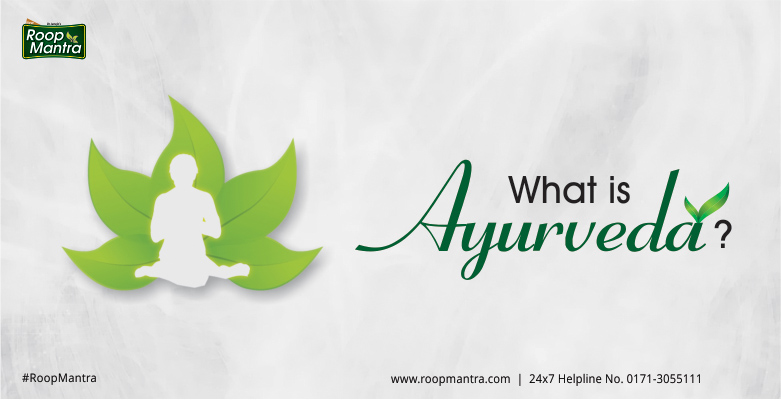What is Ayurveda?

Most of the scholars considered the Ayurveda as the oldest healthcare system of the world. Ayurveda means “Science of life”. Ayurveda is often called as “Mother of all healing” as it is practiced in India more than 5000 years back. Its roots are immerged in Ancient Vedic culture and wide part of Ayurveda is transferred from generation to generation through oral tradition. Some part of Ayurveda is available in printed form. In United state, Ayurveda is considered as complementary and Alternative therapy (CAM). Ayurveda uses a wide variety of natural herbs, products and techniques to integrate and balance between the mind, body and soul. Ayurveda help us to relieve or cure from ailments and work to promote longevity. Ayurveda teaches us how to protect and maintain the health from the ailments. There are three forms of texts of Ayurveda is present which are at least 1200 years back. All texts of Ayurveda present in Sanskrit language.
Charaka:
Charaka samhita is oldest form of text which is compiled at least 1500 BC back. Charaka samhita is considered as prime work which is basic concepts of Ayurveda. Charaka is a systematic work divided into eight section or sthanas which are further divided into 120 chapters.
Sushruta:
Sushruta represents the Dhanwantri School of surgeons, and is considered in Ayurveda to be the father of surgery. In the Sushruta Samhita there are sophisticated descriptions of diseases and surgical instruments.
Ashantanga Hridya:
The next important authority in Ayurveda after Charaka and Sushruta is Ashantanga Hridya. Ashantanga Hridya is written by Vagbhata.
The eight sections of Ayurveda:
- Kaya Chikitsa (General medicine)
- Shalya Tantra (Surgery)
- Shalakya Tantra (Diseases of Eye, Ear, Nose & Throat)
- Kaumarbhritya (Children diseases, obstetrics and Gynecology)
- Agada Tantra (Toxicology)
- Bhuta Vidya (Psychiatry)
- Rasayana (Rejuvenation),
- Vajikarana (Aphrodisiac/sexology)
According to tradition, Ayurveda was first described in texts of Agnivegh tantra by Agnivesha. Agnivesha tantra is later edited by Charaka and the text known as Charka samhita.
Principle of Ayurveda:
Ayurveda is based on the following three theories:
- Pancha Mahabhuta Theory (Five elements)
- Tri -dosha theory (Three Body Humors)
- Sapta -dhatu theory (Seven Body Tissues)
Here, we discuss principles of Ayurveda in details:
- Pancha Mahabhuta Theory (Five elements):
Accordibng to Pancha Mahabhuta Theory (Five elements), human is composed of five elements that are Agni (fire), Earth, water, Vayu (Air) and Akash (Space). These five elements are responsible for body functions and their actions.
- Tri -dosha theory (Three Body Humors):
The five elements are manifest in human body as three basic constitution or parkuriti which are known as doshas. These doshas are Vata – Kapha –Pitta Dosha which govern all the biological, psychological and physiopathological functions of the body, mind and consciousness.
- Sapta dhatu Theory (Seven body tissues):
In Ayurveda, there are seven fundamental elements that support the basic structure of the body. Sapta dhatu consist of Rasa dhatu (lymph), Rakta dhatu (Blood Circulatory System), Mamsa dhatu (Muscular System), Medha dhatu (Fat), Majja dhatu (Bone and spinal marrow), Asthi dhatu (Skeleton), Shukra dhatu (Semen).
Buy Now Online





[…] Ayurveda is the science which is around us from thousands of years. Ayurveda is the science of life as described by its name itself. “Ayur” means life and “Veda” means Science or knowledge. It offers a body of wisdom to help people stay healthy as well as vibrant. […]